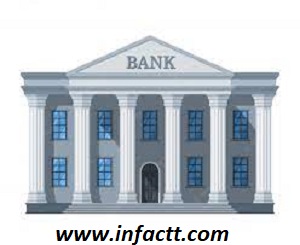Money, Definitions of Money
Definition of Money
Money is one of the wonderful inventions of man. The pity is that it has no precise definition. Money has been defined differently by different economists. These definitions are usually classified into three groups:
- Descriptive Definitions
- Legal Definitions
- General Acceptability Definitions

Money
Descriptive Definitions
The definitions all under this head are descriptive in nature. They mainly stress the functions of money and not what money is. For example, Crowther writes in his book, an outline of money Defines Money as “anything that is generally accepted as a means of exchange and at the same time acts as a measure and store of value”.In the words of Coulborn “Money may be defined as a means of valuation and of payment.” According to Cole, “Money is anything that is widely used as a means of payment and is generally acceptable in settlement of debts.” The main defect with the definition is that these do not define money but only describe what the money is as these definitions are purely descriptive and functional, therefore, they are considered as partial and narrow definitions of money.
Legal Definitions
The definition covered under this head is those which are based on “The state theory of money”. According to these definitions, there should be state force for a thing to be declared and accepted as money. For example, according to Professor Knap, “anything which is declared by the state as money is money”. Professor Hartley also believes that money should be legal tender. It should be declared by the government f the country as a means of payment and people should be forced to accept it for the purpose of money.
The legal tender definitions of money are considered narrow because the government can not force people to accept money. The general acceptability principle along with legal support is essential for a thing to serve as money. For example, the German Currency Mark was not accepted as money in 1923 by the people although it was declared money by the Government. Even the death penalty could not force people to accept “Mark” as money.
General Acceptability Definitions
There is another group of Economists who define money in terms of general acceptability along with a few other functions. For example, according to Seligman, “Money is one thing that possesses general acceptability”. In the words of Kents, “Money is anything which is commonly used and generally accepted as a medium of exchange or as a standard of value”. D.H. Robertson has described money, “as anything which is widely accepted in payment for goods or in the discharge of other kinds of business obligations”. In the words of S. Mishkin, “Money is anything that is generally accepted in the payment for goods and services or in the repayments of debts”.
The above definition of money is based on the principle of general acceptability and one or two other functions of money are incomplete and unsatisfactory. Modern economists are of the view that a suitable definition of money should point out not only the four major functions of money but also possess the basic feature of general acceptability. D.C Colander’s definition of money appears to be satisfactory. According to him “Money is a financial asset that makes the real economy function smoothly by serving as a medium of exchange, a unit of account and a store of wealth”. Money is different from wealth and income. Wealth is the total resources owned by the individual or business. It includes the money and other assets such as bonds, cars, land houses, etc. income is a flow of earnings per unit of time i.e., day, week, month, etc.
Near Money
The money and assets which can be easily and quickly transferred into money without loss in value are called near monies. Near money cannot be directly used for making payments. There are first to be converted into paper money as and when needed for spending. Near money or non-monetary liquid assets chiefly consists of time deposit, treasury bills, government securities, and saving bonds.
As near monies can be easily converted into currency or demand deposits, it has an important bearing on the economic health of the economy. The increase and decrease in the holding of near money affect the rate of communities saving and spending. The greater the amount of wealth in the form of near monies the greater the tendency of easily converted into cash, it directly affects the money supply.
Components of Money Supply
The main components of the money supply are:
- M1 = currency in circulation + Demand deposits of saving banks + other deposits with the Central Bank.
- M2 = M2 + Time deposits with scheduled Banks
- M3 = M2 + NDFC bearer Certificates + Deposits of national saving schemes + Deposits of Cooperative Banks.
- (Read More….)




One thought on “Money”